|
Getting your Trinity Audio player ready...
|
Are you ready to turn your fashion and social media passion into a thriving online business? Instagram has become the ultimate hub for style enthusiasts and trendsetters alike, making it the perfect platform for selling clothes and showcasing your unique fashion sense.
With over a billion users worldwide, you’ll have access to a massive audience eager to discover your stylish creations. But before you start raking in the sales, you need to know the ins and outs of how to sell clothes on Instagram.
That’s where this guide comes in. We’ll provide you with the top tips and tricks for mastering the art of Instagram fashion sales, from creating eye-catching visuals to leveraging the power of influencer marketing.
So, are you ready to transform your Instagram feed into a chic and profitable ecommerce destination? All you need are these seven simple tips, and you’ll be selling clothes on Instagram in no time.
Let’s dive in.
1. Create a standout Instagram bio
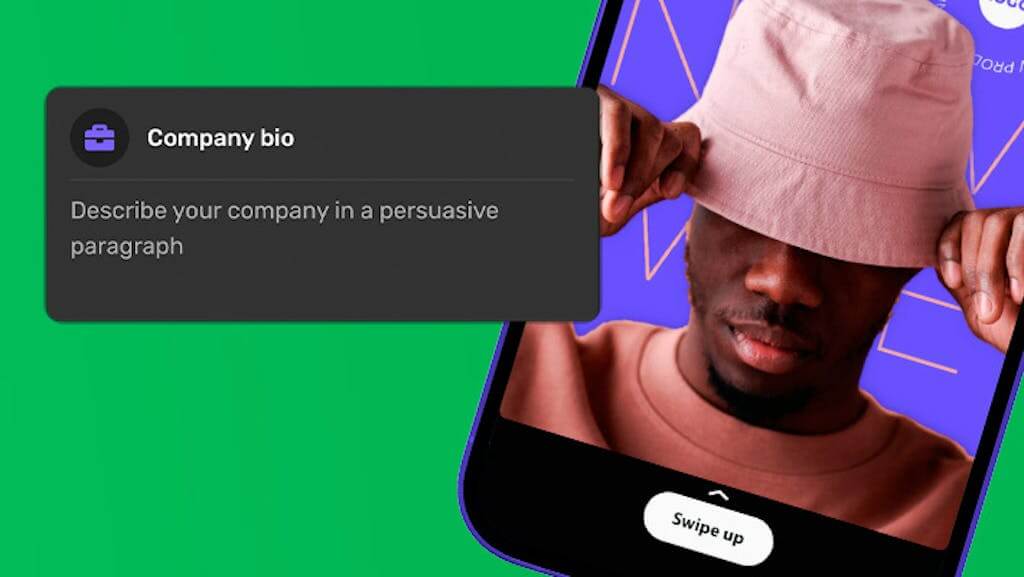
If you don’t already have one, create an Instagram account for your clothing business. Make sure to choose a social media handle that’s easy to remember and reflects your brand.
And remember that your Instagram bio is important for communicating with potential customers and showcasing your brand’s personality.
Here are some key elements to include in your bio:
- Brand name: It’s the first thing visitors will see, so make sure it is clear and easy to read.
- Brand logo: Use a high-quality logo that represents your brand and catches the eye.
- Description or tagline: Include a short description of your niche offerings or a catchy tagline summarizing your brand’s mission or values.
- Website or store link: Add a link to your online store or website so visitors can easily shop for your products.
- Contact information: Provide an email address or phone number where customers can reach you with questions or concerns.
- Location: Include the location in your bio if you have a physical store or showroom.
- Hashtags: Use relevant hashtags that potential customers can use to search for products or brands like yours.
- Call-to-action: Use a clear call to action to encourage your followers to take a specific action, such as “Shop Now.”
Creating an Instagram account is a quick and easy way to build your online presence. You’ll be ready to strut your stuff on the digital runway in just a few simple steps.
But remember, consistency across digital platforms is key — so adding a link to your online store gives a lot of credibility to your Instagram business account. And Instagram only allows you to include one hyperlink in your bio, so use it wisely.
Before diving headfirst into selling clothes on Instagram, ensure you have a professional website set up in advance. Use platforms like Tailor Brands to create all things branding, including your website and logo.
That way, you can direct users to your online store, a specific product page, or even a landing page that captures email addresses for future marketing campaigns. It’ll be a seamless transition across platforms, improving the customer experience and boosting conversion rates.
2. Invest in high-quality photos of your clothes
In the world of Instagram, visuals reign supreme. The success of your clothing sales on the platform relies heavily on the quality and appeal of your photos.
You’ll grab the attention of potential customers and showcase the true essence of your brand when you invest in taking stunning pictures of your apparel.
Keep in mind that taking photos is half of success. Another half is professional image editing. You can handle the task yourself or delegate it to a credible outsource retouching service.
If you’re considering outsourcing in the Philippines, you’ll find a burgeoning industry of skilled professionals ready to elevate your images to the next level. With a vast pool of talent and expertise, you can trust that your projects will be handled with precision and care.
While smartphone cameras have come a long way, consider investing in a high-quality camera or lens for professional-looking images. Good lighting is also crucial — natural light is ideal, but you can also explore affordable lighting options like softboxes or ring lights to create well-lit, consistent shots.
And remember to give your audience a comprehensive view of your clothes. Try capturing various angles, close-ups of unique features, and different styling options to highlight your pieces’ versatility and give customers all the information they need to purchase.
But don’t stop at professional product photos. Showcasing your clothing on models brings the clothes to life and helps people envision themselves wearing them. And, of course, aim for model diversity to appeal to a broader audience and ensure your brand is inclusive.
Let’s take an example if you’re selling T-shirts on Instagram. You want to feature models of different sizes wearing your design. This demonstrates size inclusivity and allows potential buyers to see how it fits on various different body shapes.
You can further inspire your buyers with lifestyle photos by showing how your T-shirt can be styled with different outfits – jeans or baggy pants, sandals or sneakers, and accessories. This will increase the chances that they’ll see your item fitting into their existing wardrobe, making them more likely to convert.
By following this strategy, you can outshine your competition in the market. You can also use a Simplified’s free graphic design tool to make sure your posts will look perfect.
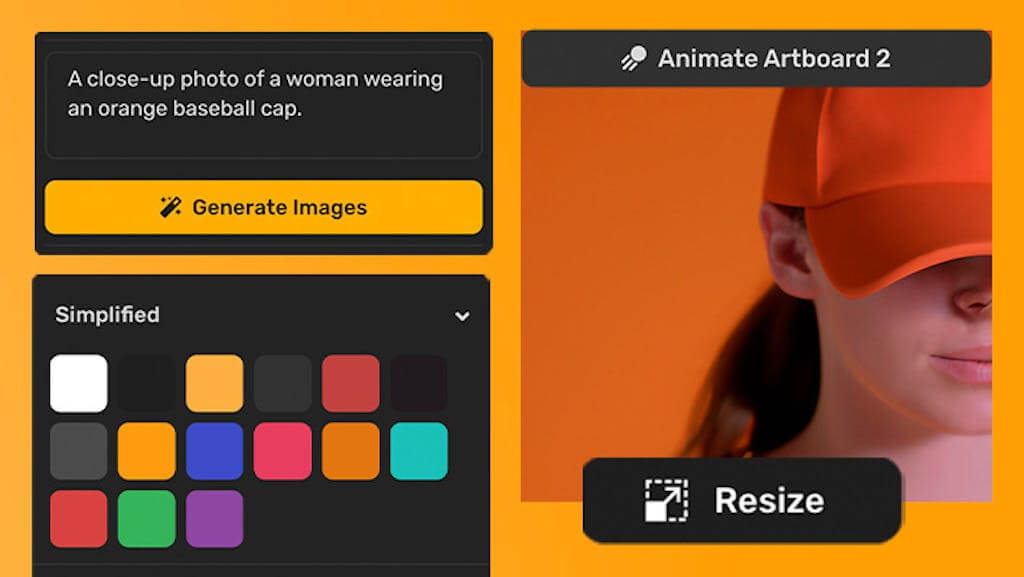
Abercrombie and Fitch do an excellent job incorporating product photos with model reels and Instagram carousel posts to provide as much context for their customers to discover their latest clothes drops:
3. Create a unique brand aesthetic
Developing a consistent aesthetic for your brand is an important aspect of creating a recognizable brand identity on Instagram.
Why? It helps your account stand out and create a memorable impression on your followers. Plus, it makes you look more professional.
Alo Yoga is a great example of a brand that’s developed a consistent aesthetic on Instagram. They use a black-and-white color scheme throughout their profile and highlight covers, which creates a sleek and modern look.
Another example is Anthropologie, which carries its aesthetic into the pictures on the profile. They use a pastel color scheme and floral patterns consistent with their brand identity as a bohemian-inspired lifestyle brand.
Related: Utilizing Instagram Branding to Boost Your Thrift Shop’s Promotion
This cohesive look helps to reinforce its brand identity as a brand that celebrates the beauty and simplicity of nature.
A consistent look and feel for your brand on Instagram can make your account memorable and recognizable to your followers. The goal is to stand out among the sea of other profiles. So, put in the extra effort to create a unique brand aesthetic. It’ll pay off tenfold.
4. Write compelling captions
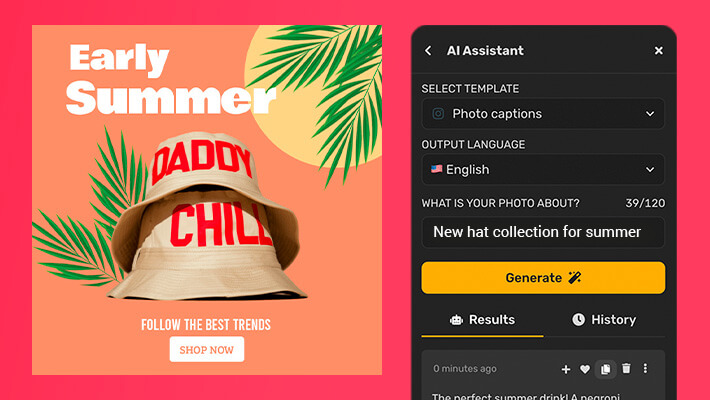
Eye-catching images help capture your audience’s attention, while captions help them learn more information and encourage them to engage with your post.
Use your captions to tell the story of your brand and the clothes you’re selling. Be descriptive, creative, and engaging.
Why did you make them? What’s the backstory? What makes these products so special?
For instance, don’t just say:
“New dress alert! Shop now! #summer #fashion #dress #newarrival #trendy”
This caption is too generic and lacks creativity. It doesn’t provide any value to the viewer or showcase the unique features of the dress. Not to mention, it sounds overly promotional and lacks any personal touch with your audience.
Instead, write this:
“Introducing our latest summer essential: the Ocean Breeze Dress!! ☀️👗 This dress is perfect for lazy days in the sun and spontaneous adventures.
Made with sustainable materials, it’s not only beautiful but also eco-friendly. Get ready to feel confident in this must-have summer piece. #newarrivals #sustainablefashion #summerdress #feelconfident #adventuretime”
And don’t be afraid to incorporate emojis. After all, emojis are proven to boost Instagram engagement rates by 48%.
Here’s an excellent example from Urban Outfitters:
In the caption, they announced the drop of their new collaboration with Nickelodeon and tapped into the heartstrings of millennials who loved the show Rocket Power (read: woogity woogity woogity). Notice how they incorporate emojis and give the backstory to the collaboration.
Let tools like Simplified do the heavy lifting if you ever find yourself in a creative rut. They recently introduced a powerful AI writer tool that generates on-brand Instagram captions in seconds. It’s your secret weapon to speedy captions that hit the mark every time.
Oh, and don’t forget to add hashtags to your Instagram posts. It’s the easiest way to increase brand visibility.
According to Instagram’s @Creators account, you should target 3–5 hashtags per post for the best results.
Don’t underestimate the power of hashtags on Instagram. They can help increase your reach, target the right audience, and improve brand recognition, which can help you sell more clothes on the platform.
5. Offer exclusive promotions
Offering exclusive promotions to your followers on Instagram is a great way to entice them to purchase your clothes. It’s all about making them feel special and letting them know they are getting a great deal that nobody else can.
Consumers love to feel important or part of an exclusive club. And when people have access to something that’s not available to the general public, it gives them a sense of urgency to act quickly before the promotion ends.
For instance, Alphalete shares its 24-hour, 80% birthday sale with only its Instagram followers. It’s an excellent way to spark a sense of urgency and make its followers feel special that they are the only ones aware of the mega-sale.
Are you still looking for inspiration? Here are some more examples of promotions that you can offer:
- A flat discount code for use at checkout.
- Free shipping for a limited time on orders over a certain amount.
- Buy one, get one free.
- Small gifts (like a tote bag) with a purchase over a certain amount.
- Early access to new product releases or exclusive limited edition items.
- Host a giveaway where customers can enter to win a prize by reposting your promotion or tagging a friend.
6. Collaborate with influencers
Ecommerce marketers have historically found immense success using Instagram for influencer marketing campaigns.
With its visually-driven platform, Instagram provides the perfect medium for influencers to showcase stunning images of clothing and other popular accessories, such as leather jackets, trending sunglasses, and new shoes.
And did you know that 50% of Millennials trust influencer product recommendations? But wait, there’s more. 33% of Gen Z-ers have purchased a product based on an influencer’s recommendation in the past three months.
You can see that influencers are trusted by their followers, which can help build trust and credibility for your brand. When an influencer promotes your products, their followers are more likely to trust that they are high-quality and worth purchasing.
And one of the best parts is that influencers sell for you. Sounds idyllic, right?
Here’s how to find the perfect influencer to partner with:
- Start small with micro-influencers (they’re budget friendly and often produce higher engagement rates).
- Choose influencers who have a genuine interest in your brand.
- Consider the influencer’s engagement rate and the quality of their content.
- Analyze the influencer’s past collaborations and their success rates.
- Evaluate the influencer’s reputation and authenticity, and make sure they align with your brand’s values.
- Use influencer marketing platforms or agencies to help you find and vet potential influencers.
Related: The 3-Step Guide To Run A Profitable Instagram Shop
7. Leverage Instagram Shopping features
Consider using Instagram Shopping to make it easier for your followers to purchase your products directly from your Instagram profile.
By tagging your products in photos, stories, or reels, you eliminate the need for your customers to navigate away from the app to search for your products on a separate website. Instead, they can simply tap on a product tag (or swipe up in stories) to view more information about the product and make a purchase with just a few taps.
For instance, Cuts turned a sponsored Instagram ad into a shoppable post. All users have to do is swipe up to learn more or make a purchase.
And according to a survey conducted by Facebook, 46% of users who saw a product on Instagram made a purchase online or offline, and 79% searched for more information about the product.
But if you’re still not convinced, Instagram Shopping is a risk-free feature for all ecommerce brands. Instagram charges only 5% per sale once at checkout, which is worth the small fee to help reduce the friction in the buyer’s journey.
So to take advantage of Instagram Shopping, create posts and stories that feel natural to the Instagram feed of your target audience. Your potential customers will love the seamless user experience. And your bottom line will benefit, too.
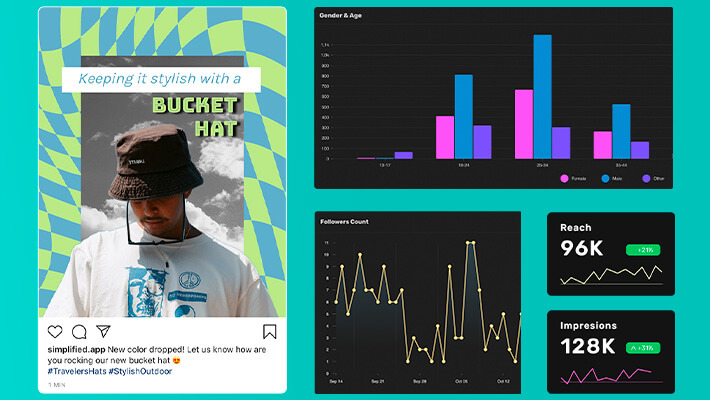
Wrapping up
Selling clothes on Instagram can be a fun and rewarding experience with the potential to boost your sales and grow your business.
By posting high-quality photos, building your brand’s unique aesthetic, and offering exclusive promotions, you can create an Instagram account that stands out from the crowd and attracts new customers.
Don’t forget to have fun with it and let your brand’s personality shine through in your posts and interactions with your followers. With a little creativity and hard work, you can turn your Instagram account into a thriving platform for selling clothes and building your brand.
Happy selling!
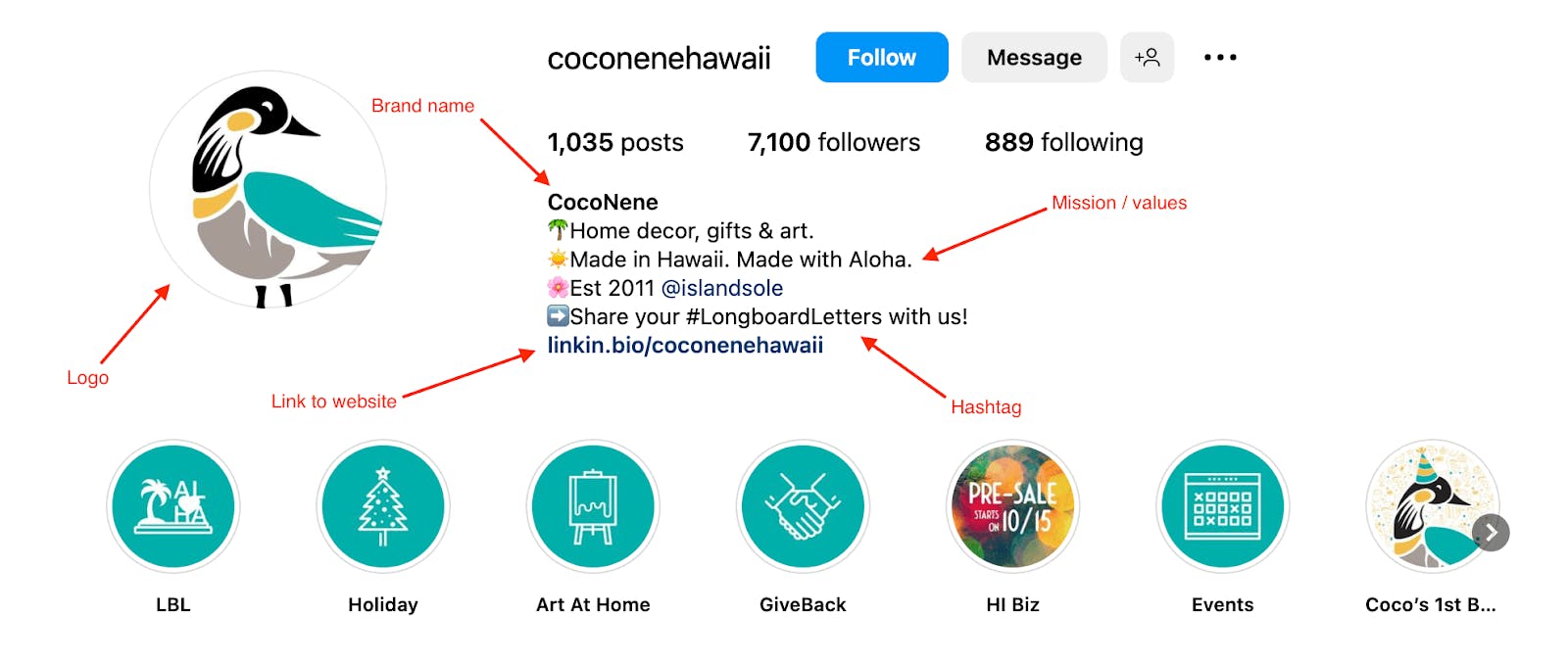
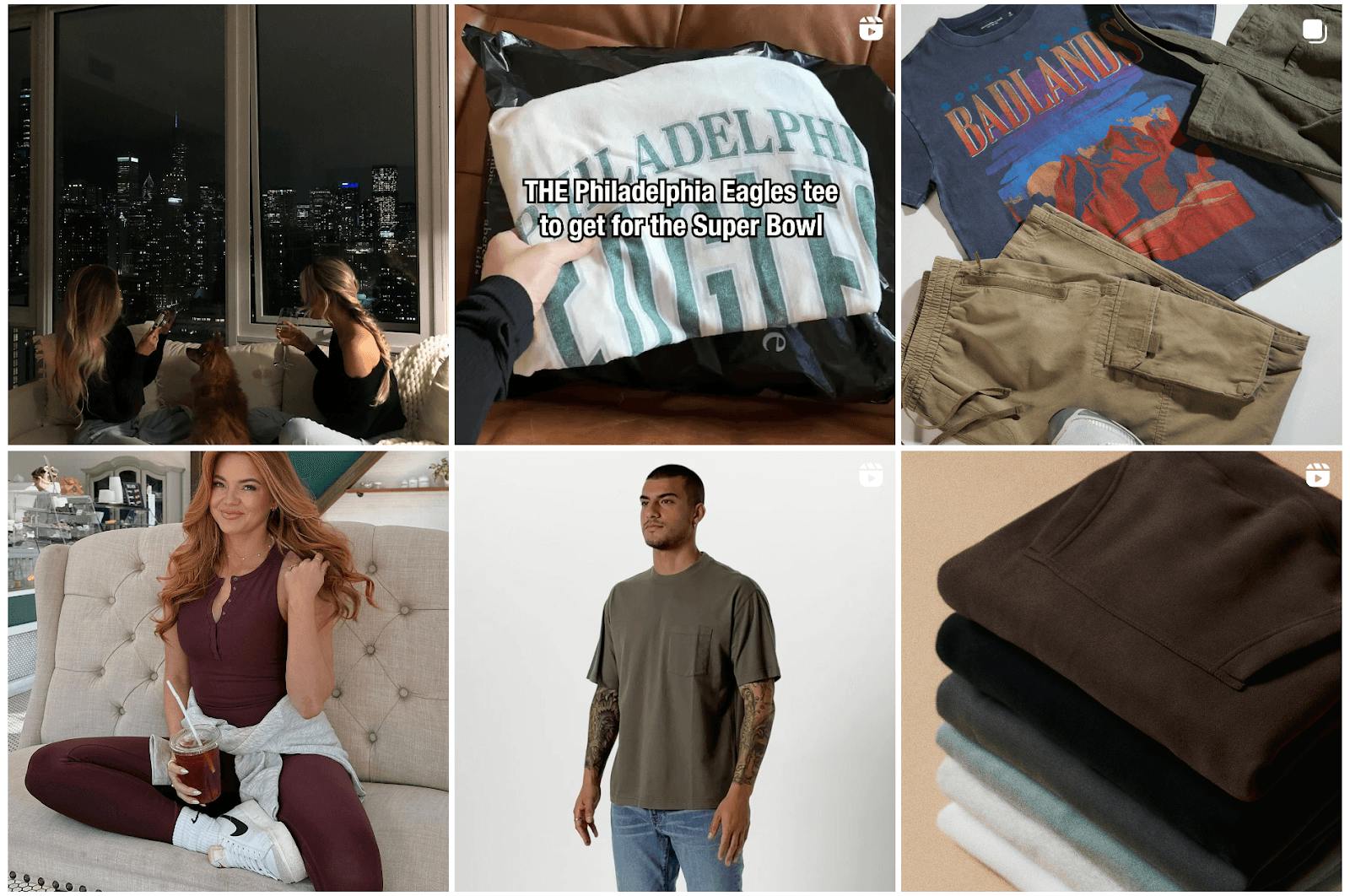
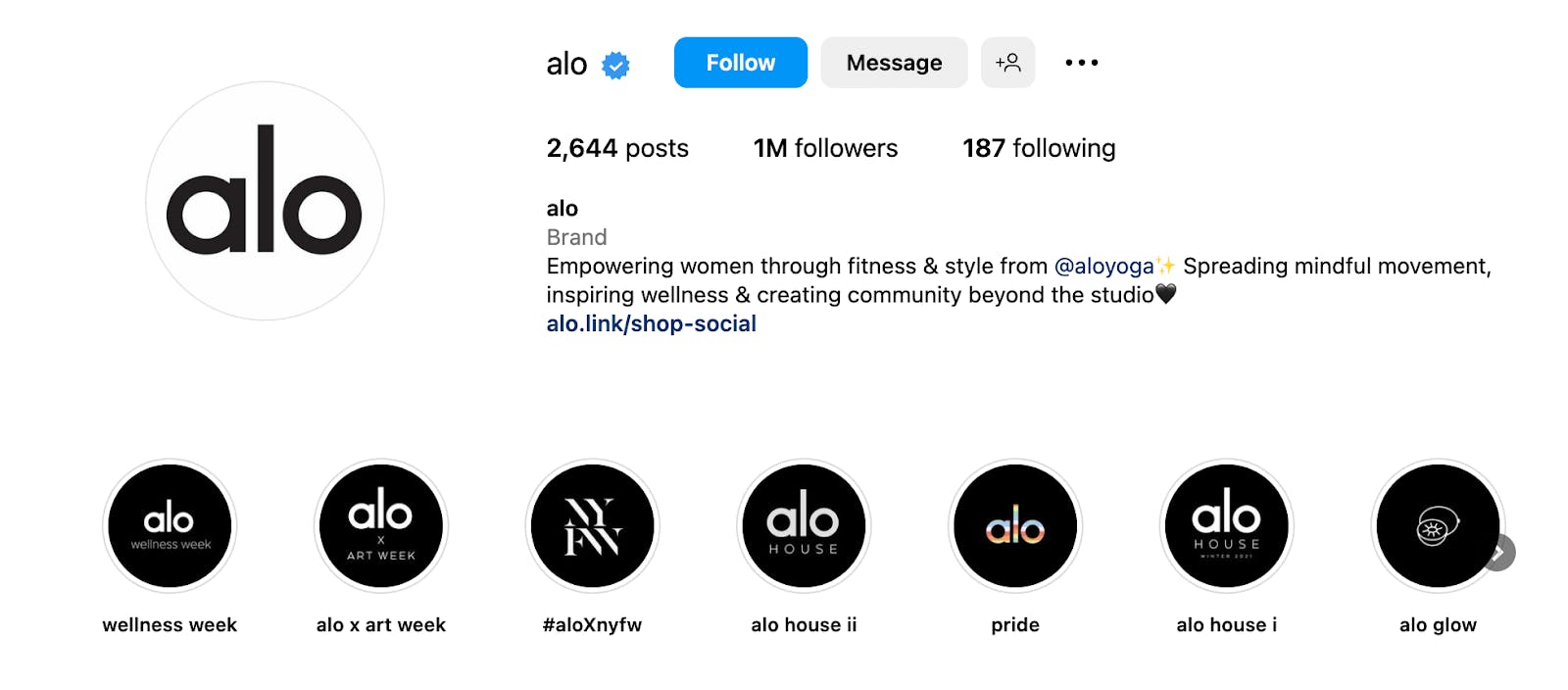
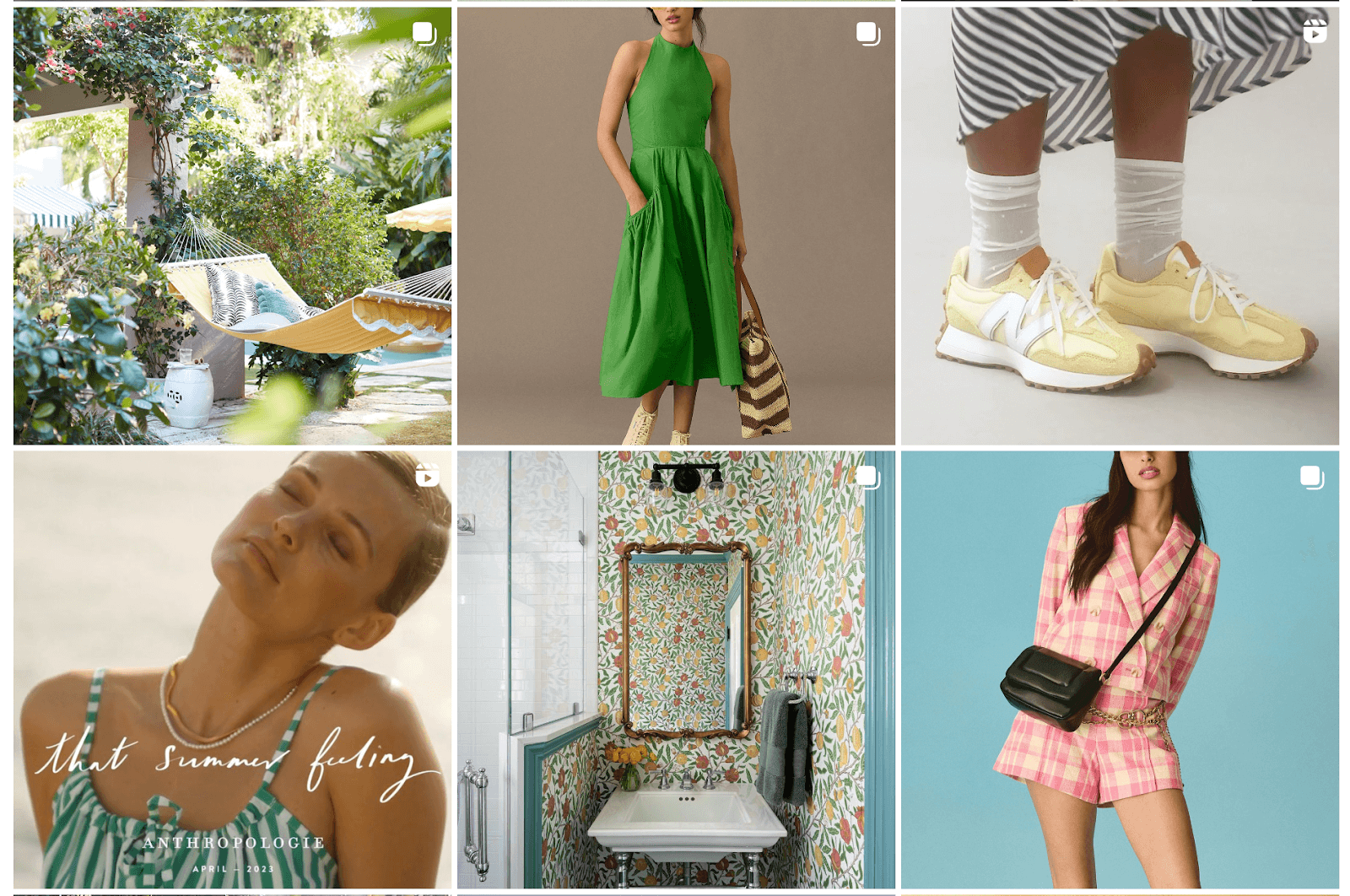
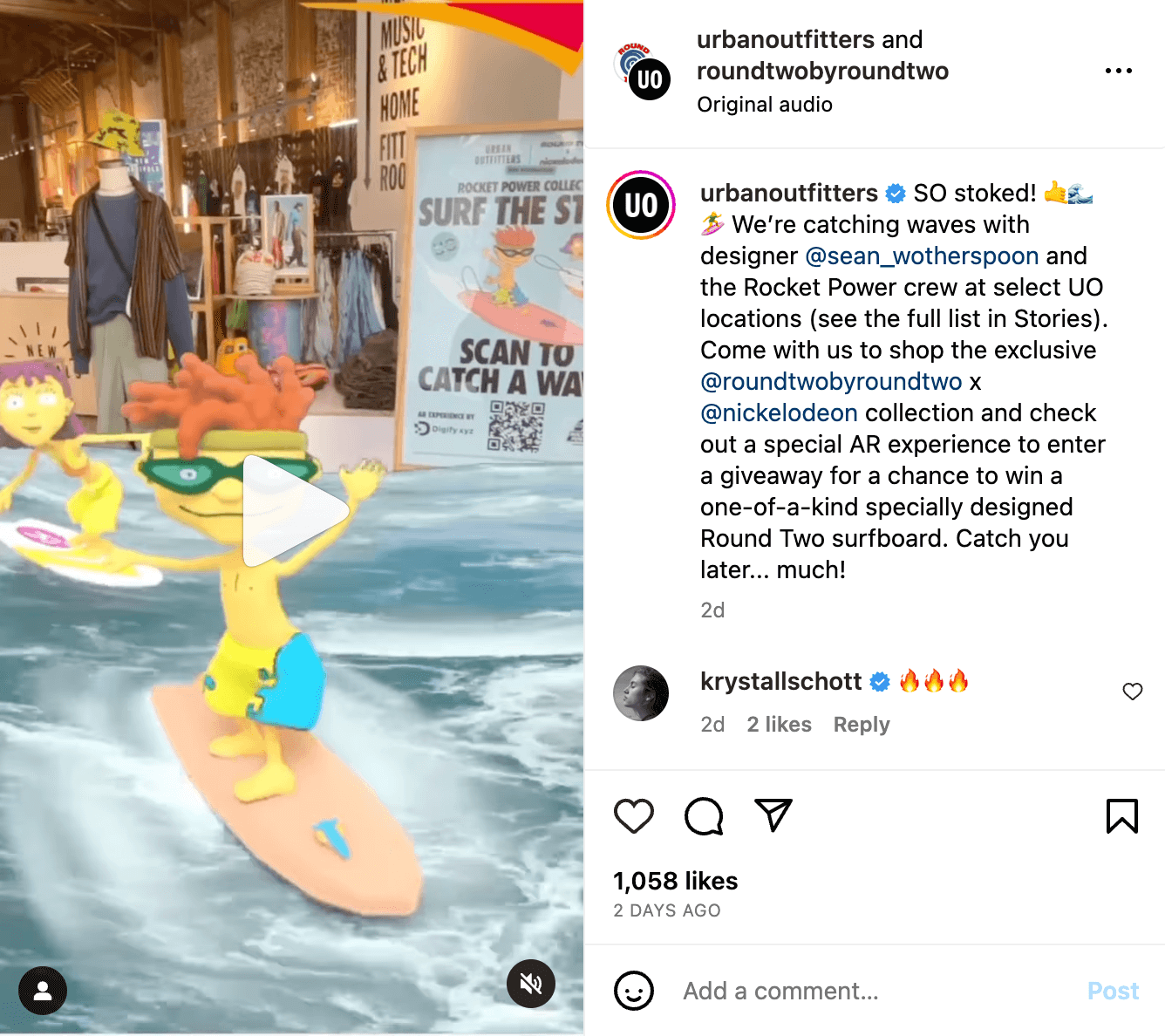
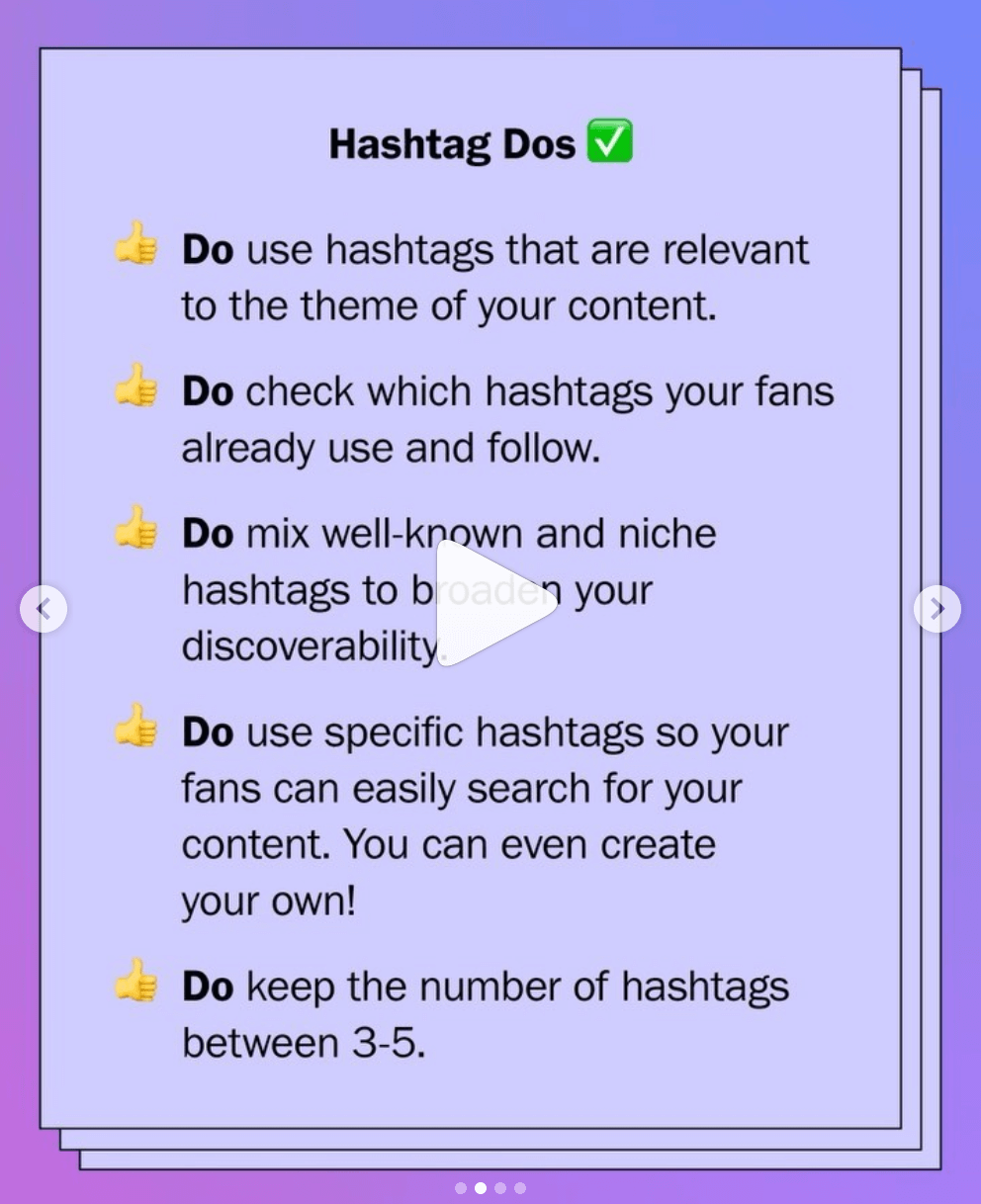
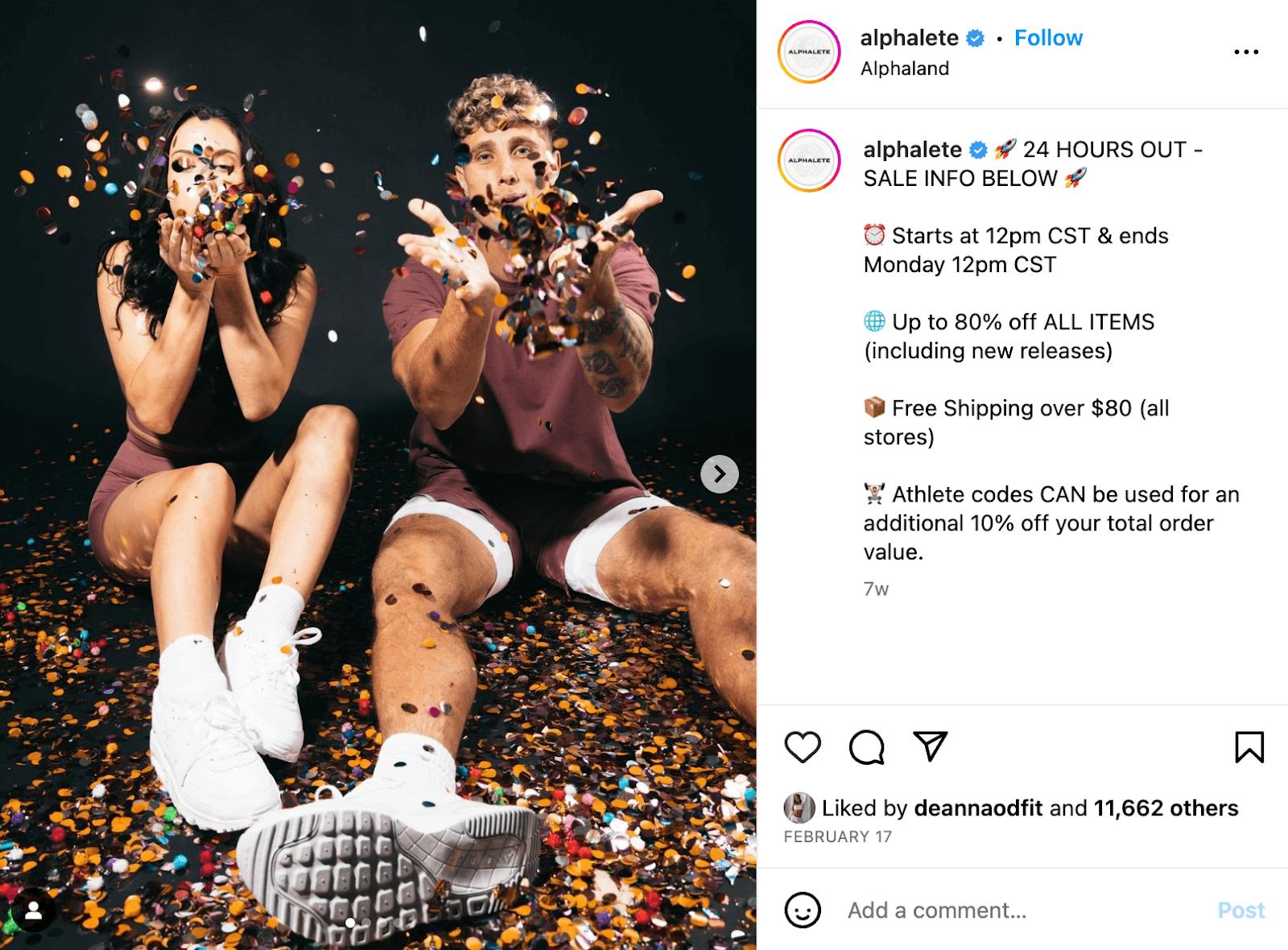

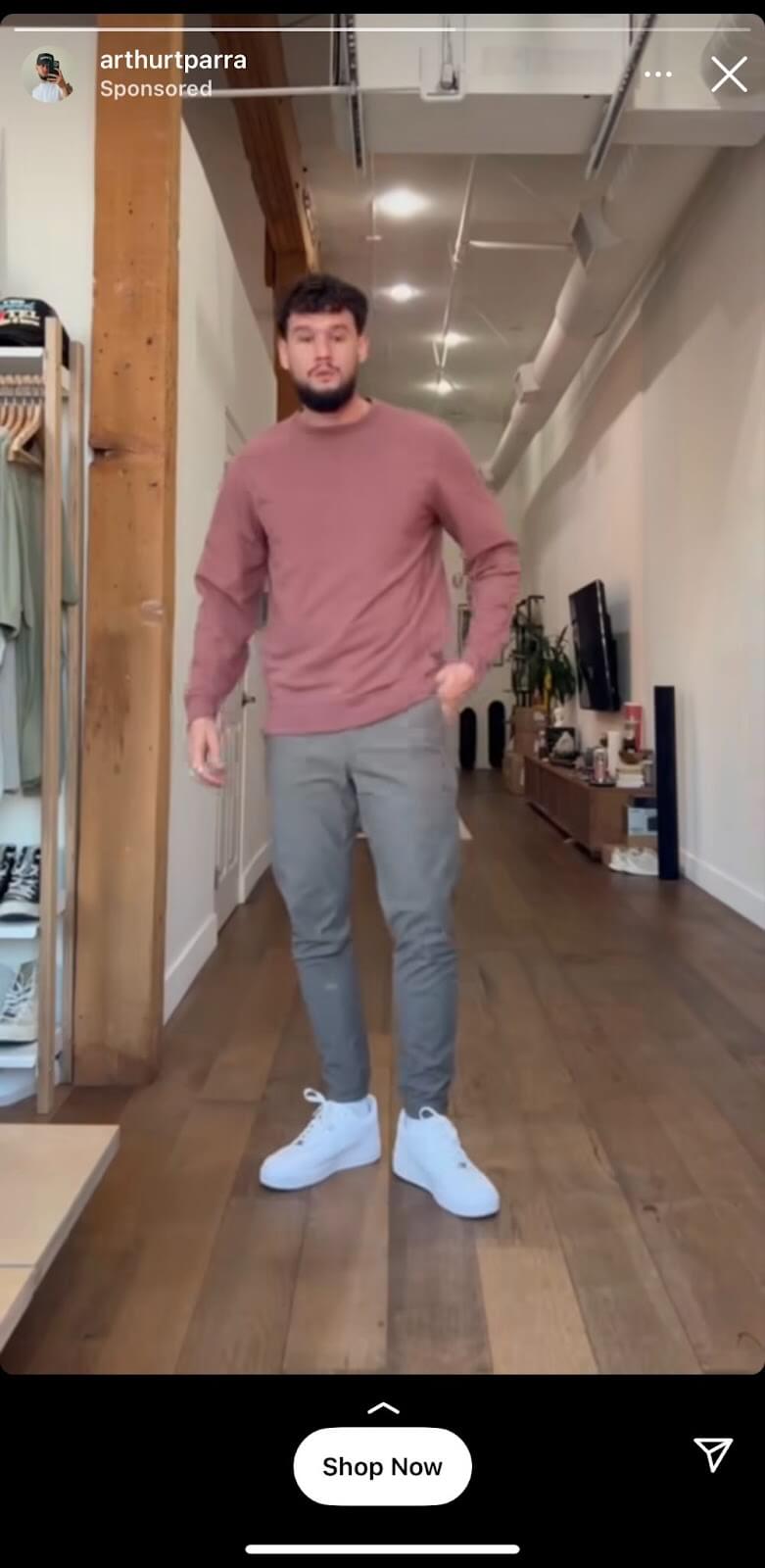


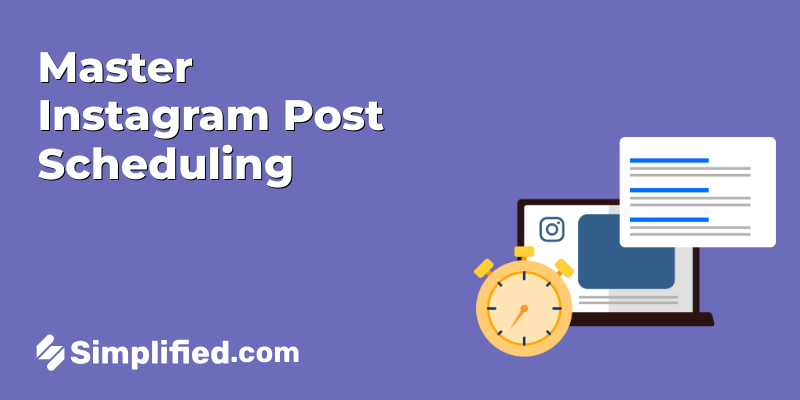

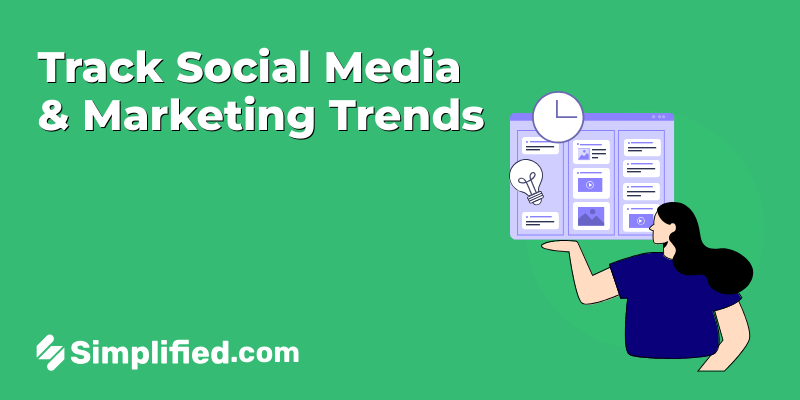


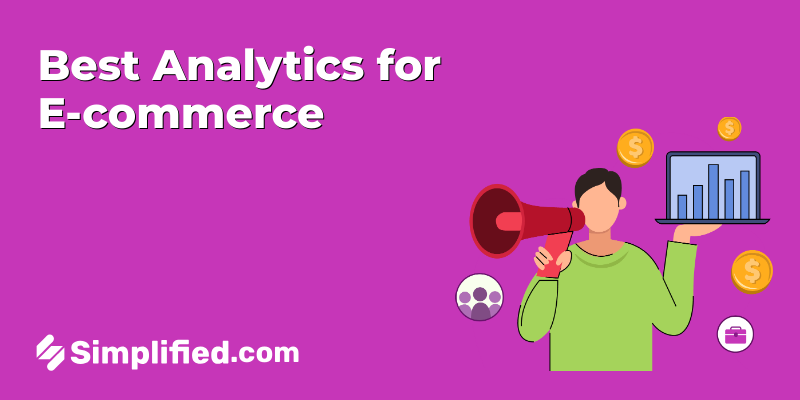


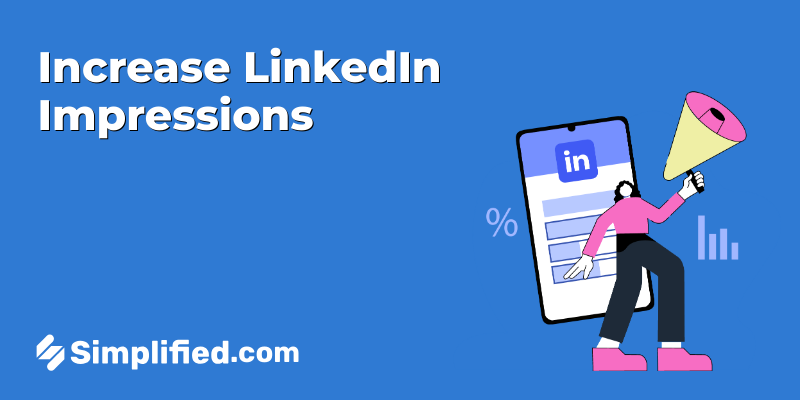
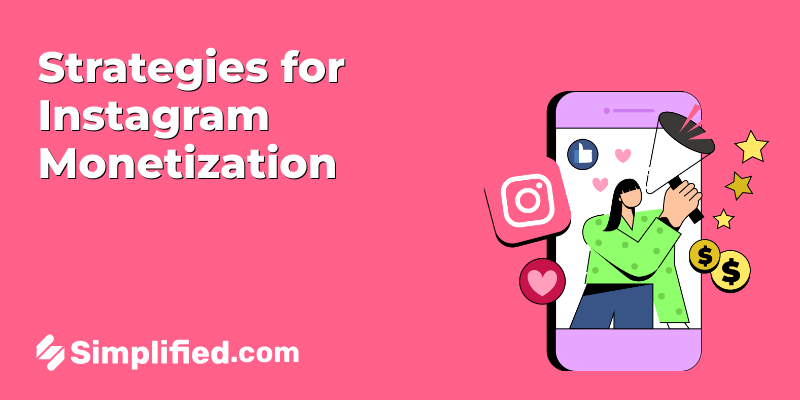
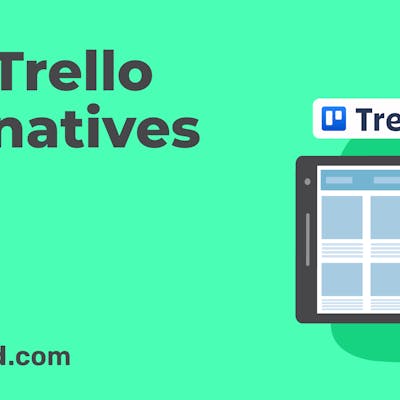

![13 Project Management Software & Tools for Creative Agencies [Free & Paid] 13 Project Management Software & Tools for Creative Agencies [Free & Paid]](https://siteimages.simplified.com/blog/Advertising-Agency-Project-Management-Softwares-01.png?auto=compress&fit=crop&fm=png&h=400&w=400)
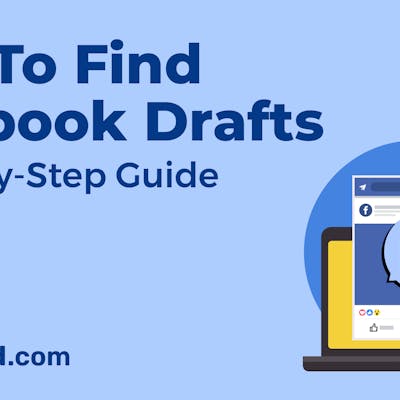

![How to Find Your Drafts on Instagram: Posts, Reels & Stories [2025] How to Find Your Drafts on Instagram: Posts, Reels & Stories [2025]](https://siteimages.simplified.com/blog/How-to-Find-Your-Drafts-on-Instagram-Ultimate-Guid-01-1.png?auto=compress&fit=crop&fm=png&h=400&w=400)
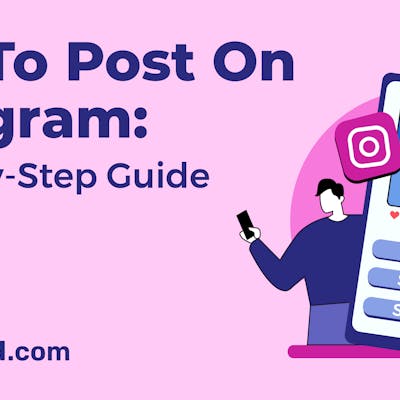
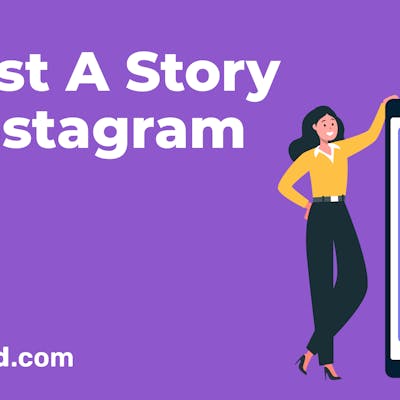

![20+ Top monday.com Alternatives In 2025 [Free & Paid] 20+ Top monday.com Alternatives In 2025 [Free & Paid]](https://siteimages.simplified.com/blog/Top-Project-Management-Tools-01-1.png?auto=compress&fit=crop&fm=png&h=400&w=400)


